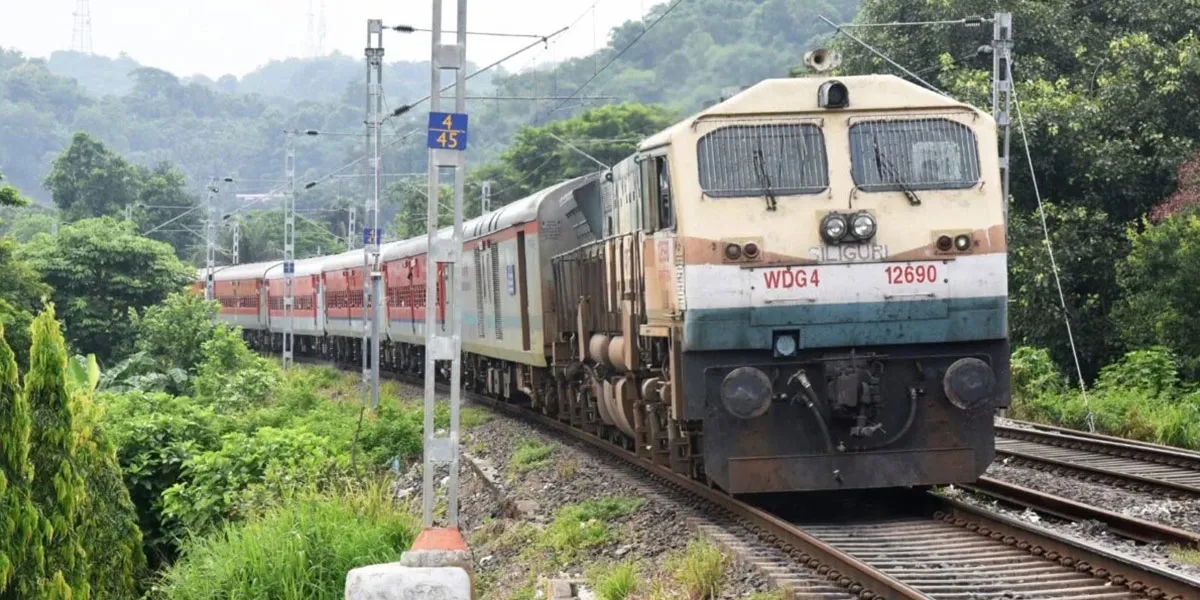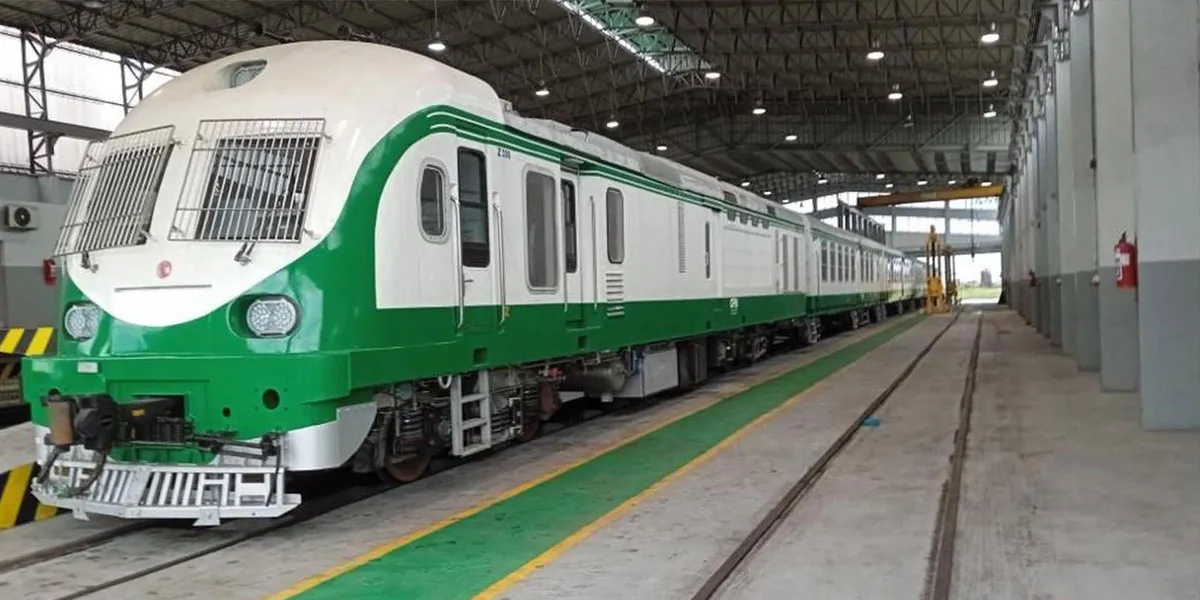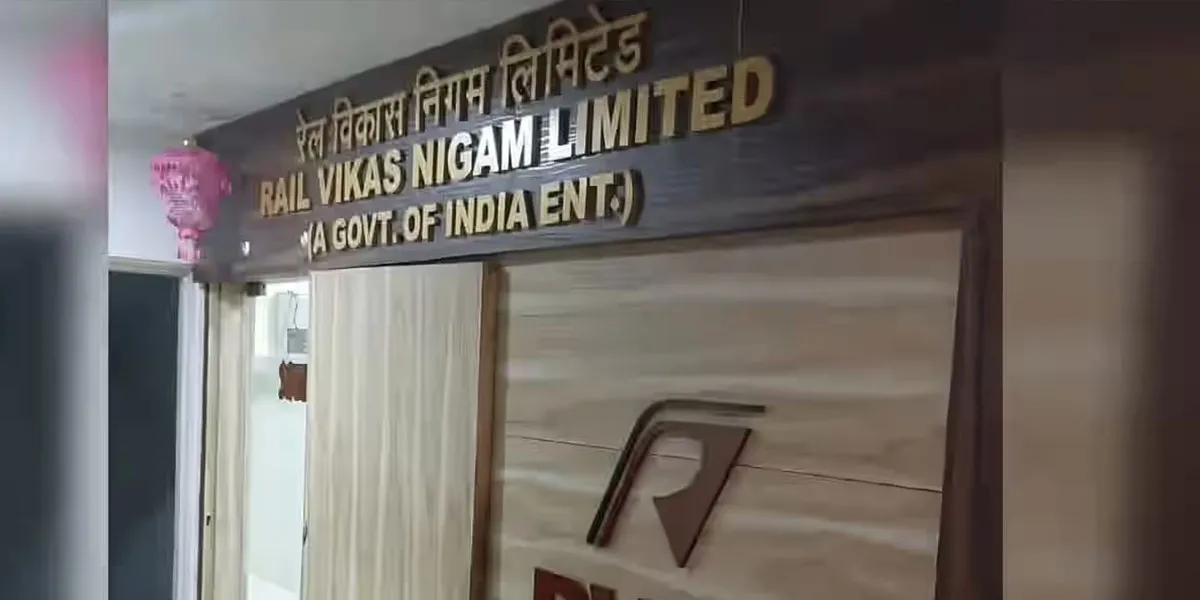Historically, it has been seen that Union Budgets in India are weaved around infrastructure development as most of the Budget allocations in a direct or indirect way are related to the infrastructure sector. Simple reason being that infrastructure is a wider term and includes various sub-segments such as roads, railways, ports, airports and even the allied industries such as power and telecom, among others. With such wider scope, it is obvious that the announcements in the Budget, in a direct or indirect way, are related to the infrastructure sector. Further, with the highest capital gearing, this is one sector that has got immense capability to push growth to the next orbit. No wonder that over the past few years, even the government has committed a lot of capital towards the infrastructure sector. Just to put the things in perspective, allocation to the infrastructure sector has increased to Rs 4.56 trillion in FY2019-20 from Rs 1.80 trillion in FY2014-15. And, this consistent increasing trend of higher allocations was expected to continue in Union Budget 2020-21 as well. Let’s see what exactly has been announced for the infrastructure sector in the Union Budget.
It is a known fact that despite higher allocations towards the infrastructure sector, India has been an infrastructure deficit country. Rather the investments made are not even half of what the actual requirements are. Just a few weeks back, the Finance Minister had announced a National Infrastructure Pipeline worth Rs 100 trillion for the next five years. However, questions were raised regarding how these projects would be funded. Especially in scenario where private Capex was limited and even the government is facing issues related to fiscal constraints and lower tax collections. Answers to such queries were expected to get answered in the Budget 2020 Outcome. Let’s see what has been announced in the Union Budget and if the sector stands benefited or not.
In the Union Budget 2020-21, the finance minister has focused on three factors – Aspirational India, Economic Development and lastly Caring Society. As mentioned earlier, having a wider cope, the Infrastructure sector is related to all three major parameters of the Union Budget 2020-21. However, if we get in to the detailed analysis, the second point in the economic development specifically focuses on infrastructure development. Not only the development, but it also tries to allocate different ways of funding those infrastructure projects.
The Rs 103 trillion announced under the National Infrastructure Pipeline consists of 6,500 projects segregated as per their size and that are at various stages of development.
Accelerated highway development: Funding also arranged for
It is said that better roads eventually ensure that the country becomes great. Highways are considered as important linkages for a path to growth. As a result, accelerated development of highways will be undertaken. This will include:
Highway Segment / Length (km)
Access Control Highways / 2,500
Economic Corridors / 9,000
Coastal and Land Port Roads / 2,000
Strategic Highways / 2,000
Apart from this, other specific initiatives like Delhi-Mumbai Expressway and two other related packages would be completed by 2023. While not much of the details are provided on the completion, the Chennai-Bengaluru Expressway would be started.
Again questions arise about how the funding would be generated? Here, the Finance Minister clearly suggested that “FASTag mechanism encourages us towards greater commercialisation of our highways so that NHAI can raise more resources. CW proposes to monetise at least twelve lots of highway bundles of over 6,000 km before 2024.” We feel this provides a much required liquidity breather to various projects.
Apart from this, the Finance Minister announced that Rs 220 billion has already been provided, as support to the Infrastructure Pipeline. This would cater to equity support for infrastructure finance companies such as IIFCL and a subsidiary of NIIF. The government expects that the infrastructure companies would leverage it, as permissible, to create a financing pipeline of more than Rs 1,000 billion. According to CW, this would create a major source of long term debt for infrastructure projects and fulfill a long awaited requirement.
Apart from this, the government’s focus on the Pradhan Mantri Gram Sadak Yojana (PMGSY) with the launch of a third phase to connect villages to rural markets will add to the order book of smaller road players. To put the figures in to perspective, 125,000 km of roads is expected to be upgraded over the next five years with a total outlay of Rs 802.50 billion under the project.
While this was on the roads and highway segment, a lot is being planned under the air connectivity and water based transport as well.
Airport development
While few aviation companies have faced difficult times, air traffic has been growing rapidly in the country as compared to the global average. As a result, 100 more airports would be developed by 2024 to support the Udaan scheme. It is expected that the air fleet number shall go up from the present 600 to 1,200 during this time. Airport development is a niche segment and hence the existing players in the segment would stand beneficiaries. Rather we will not be surprised to see the emergence of new players in this segment.
Railways: More investments planned
As compared to air and road connectivity, railway connectivity has been the cheapest way of transport. And hence investment on the same seems to be priority of the NDA Government. While few basic issues such as eliminating unmanned crossings, future growth is planned as the government focuses on achieving electrification of 27,000 km of tracks. This not only creates an opportunity for EPC players but also for the power generation companies. Apart from creating opportunities for such players, a lot of cost optimisation would be followed. As regards investments, the government is planning to set up a large solar power capacity alongside the rail tracks, on the land owned by the railways. (A proposal is under consideration).
In line with privatisation of few of services, four station re-development projects and operation of 150 passenger trains would be done through PPP mode. The process of inviting private participation is underway. We feel, IRCTC is already running two trains on similar guidelines and have got a good response, if the same is done on a larger scale, we feel the results would generate better earning opportunities. Although it is also stated that a high speed train between Mumbai and Ahmedabad would be actively pursued, the differences between state governments are likely to result in project delays.
In addition to this, a 148 km long Bengaluru suburban transport project, at Rs 186 billion, would have fares on the metro model. For funding of the same, the Central Government would provide 20 per cent equity and facilitate external assistance of up to 60 per cent of the project cost.
All in all, Rs 1.70 trillion is being allocated for transport infrastructure in the Union Budget 2020-21.
Financing options: More avenues sought after
The government is planning for a deeper penetration of the bond markets, not only in the domestic markets but also for the non-resident investors. Similarly, certain specified categories of government securities would be opened fully for non-resident investors, apart from being available to domestic investors as well. Also, the limit for Foreign Portfolio Investors (FPI) in corporate bonds, currently at 9 per cent of outstanding stock, will be increased to 15 per cent of the outstanding stock of corporate bonds. Further, to improve investor’s confidence and to expand the scope of credit default swaps, the government has proposed to formulate a legislation, to be placed soon before the House, for laying down a mechanism for netting of financial contracts. This mechanism provides a much needed confidence in the Indian market.
According to CW, such measures would provide funding availability for infrastructure projects in a long term. Further, it puts India ahead of other developing countries in terms of showcasing itself as better investment destination.
To drive investment in the priority sectors from sovereign wealth funds of foreign governments, the finance ministry has proposed to grant 100 per cent tax exemption on interest, dividend and capital gains income from investment made in infrastructure (and other notified sectors) before March 31, 2024, that have a minimum lock-in period of three years. In our view, this will boost funding avenues and fast-track the asset monetisation plans of NHAI through the InvIT route and support funding of future awards.
Power: More legs provided for growth
Electricity for All has been the prime idea of the NDA government and it is on a right path in that. Amid this, while the generation sector has been looked after well by the government, the distribution sector, particularly the discoms are facing a great amount of financial stress. As a result, the ministry intends to promote “smart” metering. Here, all the states and Union Territories are to replace conventional energy metres by prepaid smart meters in the next three years. Also, this would give the consumers the freedom to choose the supplier and rate as per their requirements. This, if achieved, would be a turnaround action for many of the distribution companies. With digitisation and other measures, we expect the government to achieve its target here as well.
Again the requirement is funds and the Finance minister has proposed to provide about Rs 220 billion to the power and renewable energy sectors in 2020-21. Rather, the solar pumps for 2 million farmers would provide opportunities in the renewable energy sector. Over the past few years, the segment had been lagging and required a push from the government’s end.
Smart cities: A smart way of Development
Allocation of Rs 64.50 billion for the Smart Cities Mission would be considered as a major investment opportunity in the infrastructure sector. Finally, though not related to the Smart cities project, various programmes related to the energy sector are also being planned. It includes, upstream sector of oil and gas, the Open Acreage Licensing Policy (OALP), in all success, has awarded 137,000 sq km for exploration to the private sector and to the CPSEs. Further, the city’s gas distribution rights are also awarded. Here, it is proposed to expand the national gas grid from the present 16,200 km to 27,000 km.
Lastly, a National Logistics Policy will be released soon and it will clarify the roles of the Union Government, State Governments and key regulators. However, it is too early to comment anything about the same.
Job creation: Major initiative
If we take a look at the first announcement related to infrastructure, it is related to job creation as well as resource mobilisation. The project preparation facility for infrastructure projects would involve young engineers, management graduates and economists from different universities eventually resulting in good job opportunities. Although the overall outlay has not increased much in the Budget, long term financing ways are looked for. In CW’s opinion, if the projects are completed within prescribed time limits, it will surely provide a much needed impetus to the Indian GDP Growth.



















